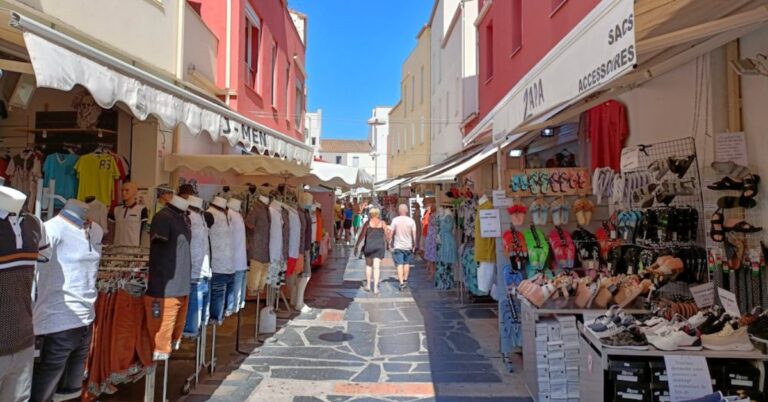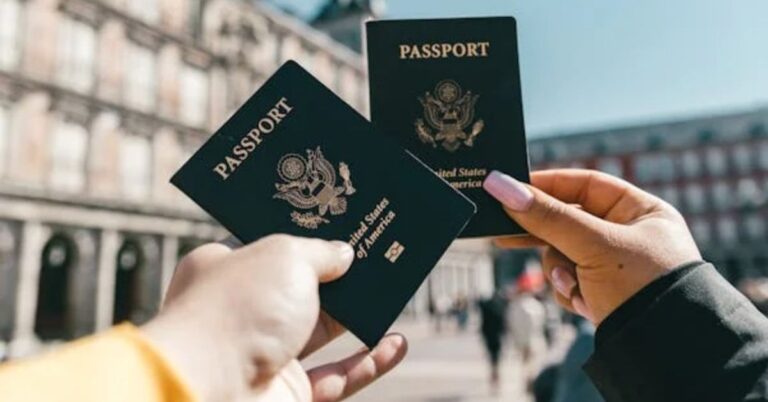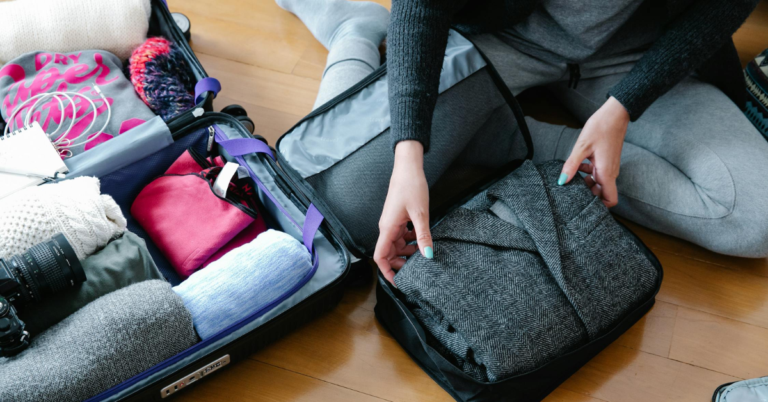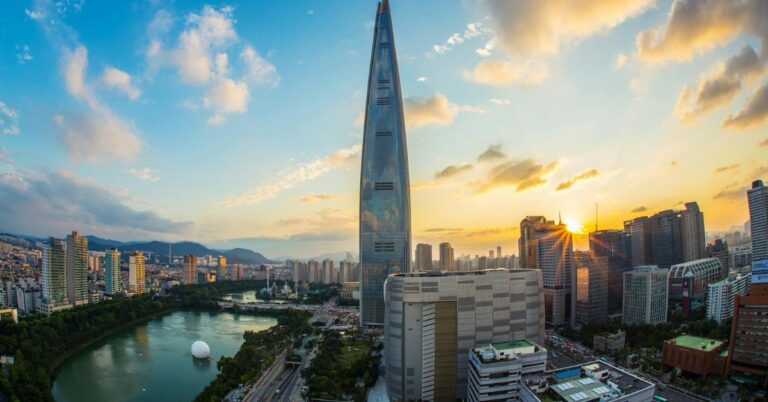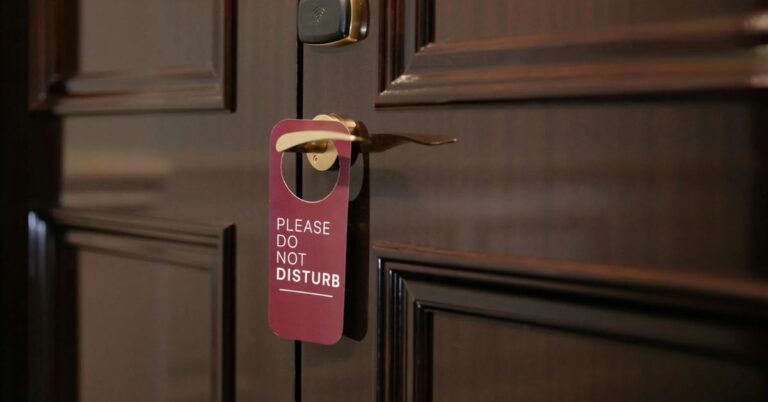15 Ways You Can Visit Paris Like A Sophisticated Traveler
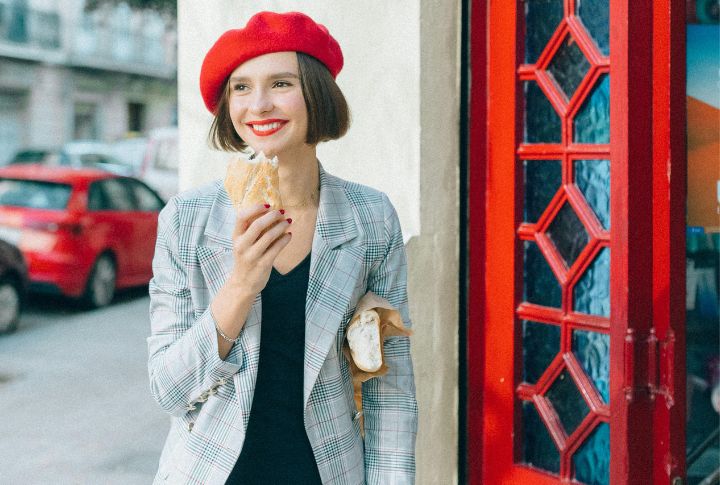
Most visitors leave Paris feeling like they missed something important. They hit the major sights, ate at recommended restaurants, yet somehow never touched the real city. The difference lies in approach—how you time your visits and understanding the unwritten rules that govern daily Parisian life.
Book Museums In Advance
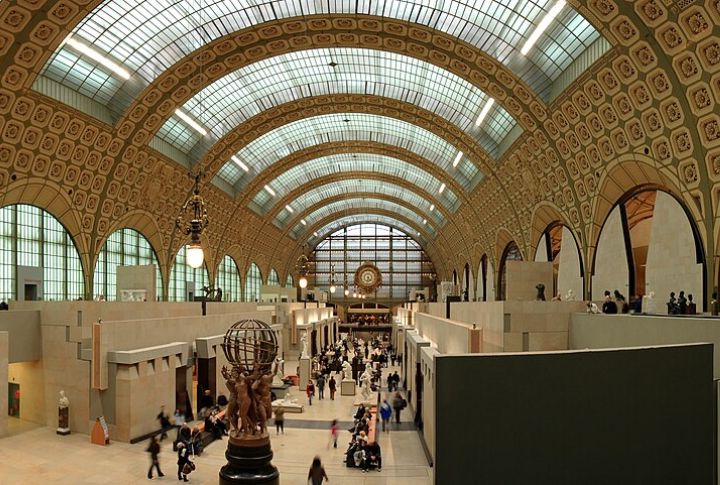
Those endless museum lines snaking around city blocks? They’re completely avoidable with strategic advance planning. The Louvre sells out weeks ahead during peak season, allowing only 30,000 daily visitors. Additionally, the Musee d’Orsay requires timed-entry tickets that often sell out by 2 PM.
Avoid Tourist Menu Traps
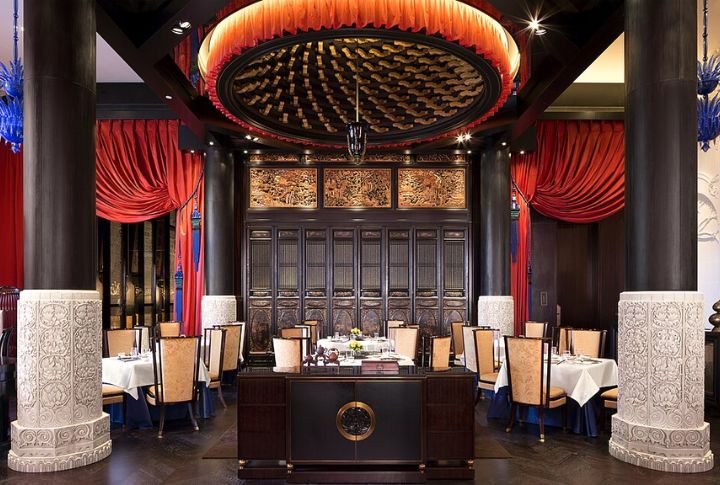
Multilingual menus are red flags screaming, “overpriced tourist food.” Restaurants near major attractions charge 40% more than neighborhood taverns. Note that authentic bistros display handwritten daily specials on chalkboards rather than glossy translated menus. Prix fixe menus deliver better value than a la carte ordering.
Master Metro Etiquette Rules
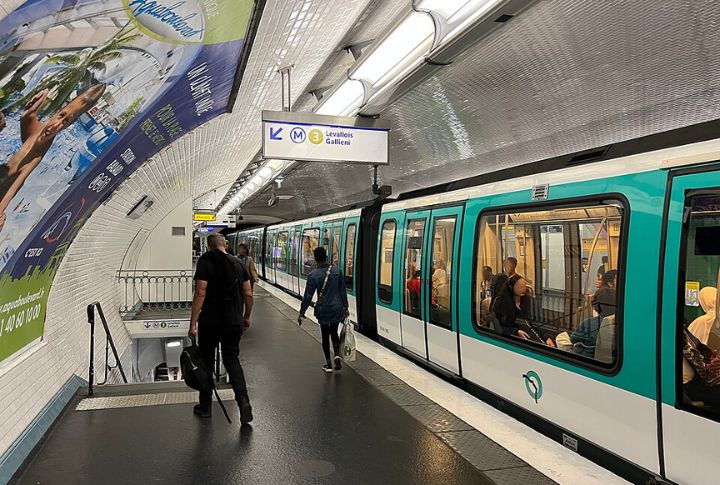
As tourists, you need to always stand right on escalators—locals strictly enforce this rule. Rush hours between 7:00 AM and 9:00 AM, and 5:00 PM and 7:00 PM, triple the normal passenger volume. Even Metro musicians must audition for permits to perform.
Choose Arrondissements Like Locals
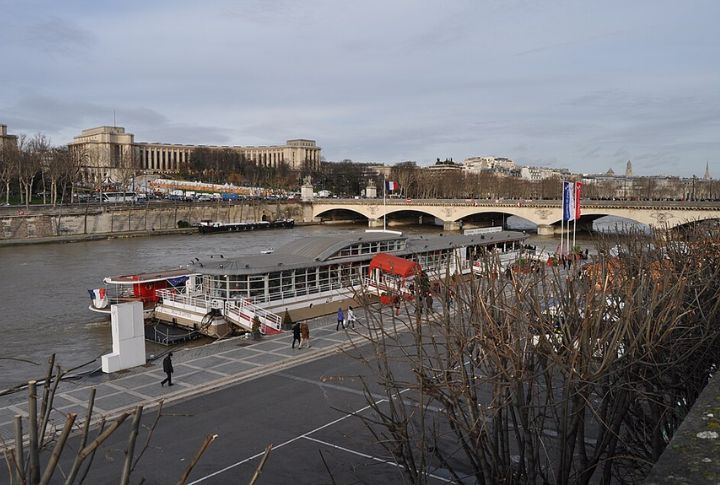
Paris is divided into twenty neighborhoods, each with its distinct personality and pricing. The 7th arrondissement combines famous spots with residential tranquility. Arrondissement numbers spiral outward from the city center like a snail shell, while the 20th arrondissement offers exceptional restaurant values and culture.
Time Your Cafe Visits
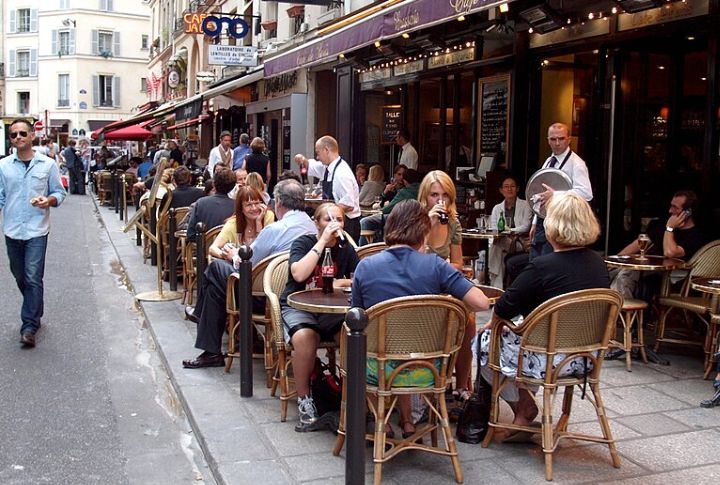
Coffee pricing follows strict French logic that rewards standing customers. Apparently, sitting triples coffee prices compared to counter service at most establishments. So, make sure you avoid busy hours between 8–10 AM and 3–5 PM for better service. French law mandates price posting both inside and outside.
Tackle Seasonal Crowd Patterns
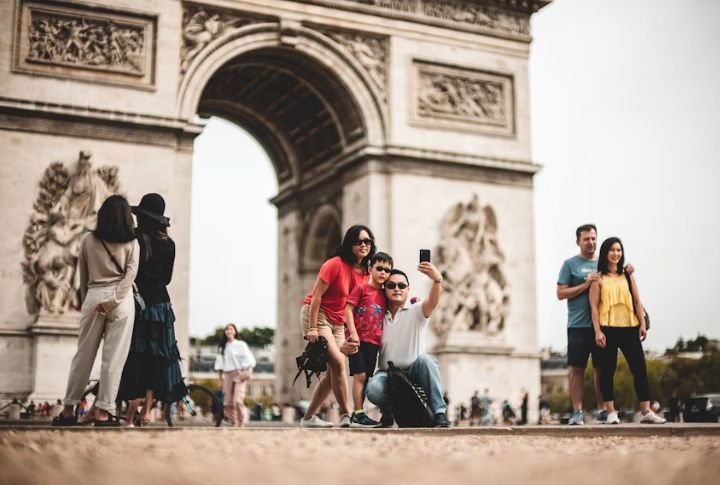
Seasonal timing determines real experiences versus tourist chaos. August empties Paris as locals take traditional vacations elsewhere. Spring brings mild weather, but it also overlaps with the tourist season. Winter delivers great atmosphere with 50% fewer crowds—many eateries close during August vacation periods.
Shop Markets Like Parisians
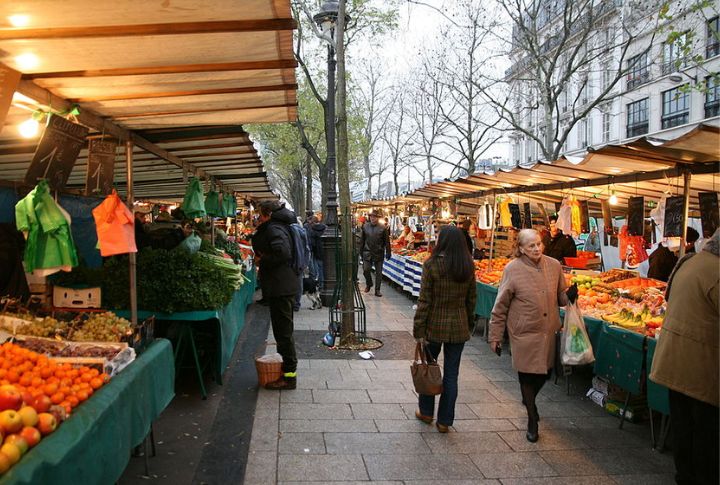
Parisian markets adhere to etiquette rules at all times. For instance, markets close by 2 PM, displaying the best selection before 11 AM. Vendors select produce for customers, as touching items yourself seems rude. Interestingly, Sunday markets at Marche Saint-Germain get flooded with locals, not tourists.
Pack Weather-Appropriate Layers Always
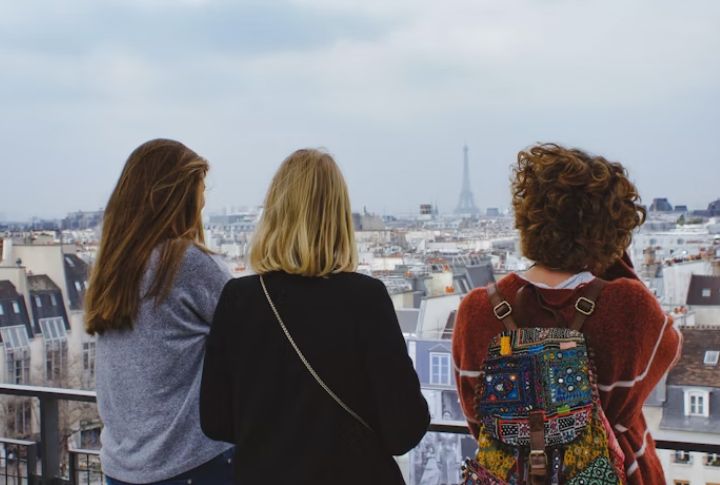
The weather here shifts unpredictably, catching unprepared folks completely off guard. Daily temperature swings of 15 degrees are regular. Rain falls over 170 days annually, making umbrellas an absolute necessity. Additionally, Spring temperatures tend to fluctuate between 45°F and 70°F, so dress appropriately.
Understand French Dining Customs
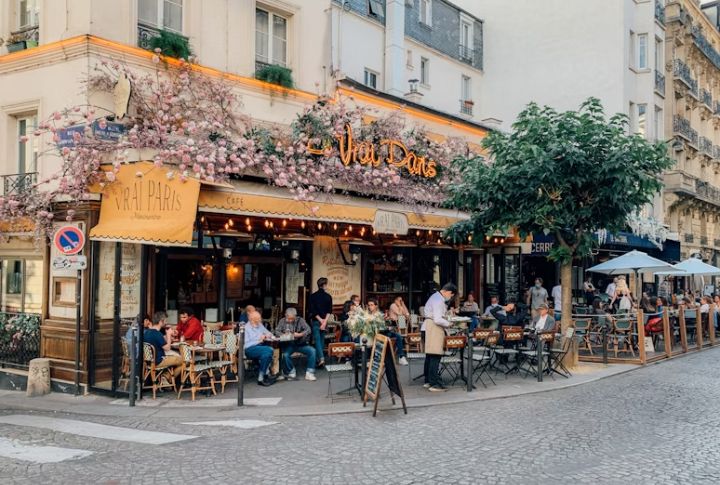
Restaurant protocols are rooted in deep cultural traditions that require respectful adherence. Splitting bills is uncommon and often declined. Apparently, the service model eliminates the expectation of tipping, though rounding up the bill can be seen as a polite gesture. Free bread is placed directly on the tables.
Learn Essential French Phrases
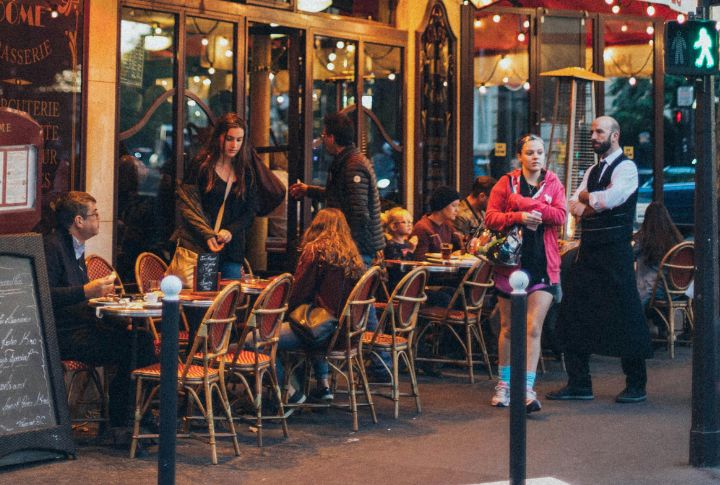
Basic French courtesy opens up dramatically improved treatment throughout the city. “Bonjour” before interactions represents mandatory social etiquette, not optional politeness. Service quality is said to improve when tourists attempt basic French courtesy. “Excusez-moi” works better than “Excuse me” in English for getting attention.
Explore Beyond Tourist Quarters
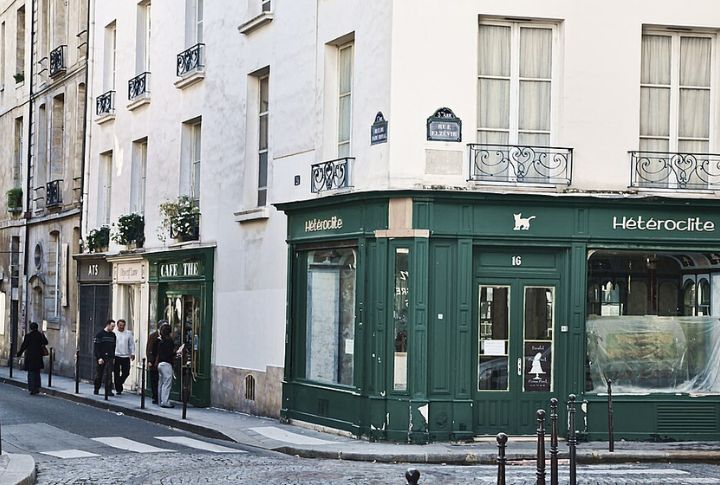
The real Paris waits in neighborhoods most people never discover. The Marais district has Jewish quarter dining and shopping experiences. Montmartre locals reside above the tourist zone near Sacre-Coeur, crafting residential charm. Plus, Canal Saint-Martin provides a trendy local atmosphere without overwhelming crowds.
Use Transportation Like Natives
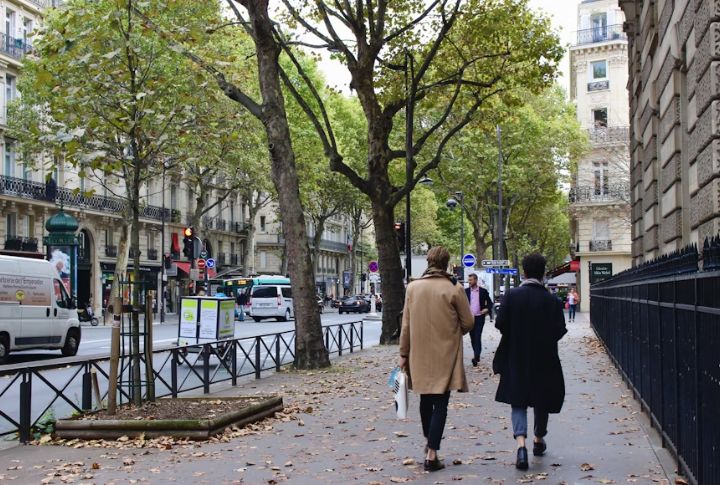
Walking remains faster than the Metro for distances under four stops due to the time required to access stations. You can utilize Velib’s bike-sharing service, which asks for a European chip card or app setup before riding. Taxi apps also function better than street hailing.
Respect Cultural Site Protocols
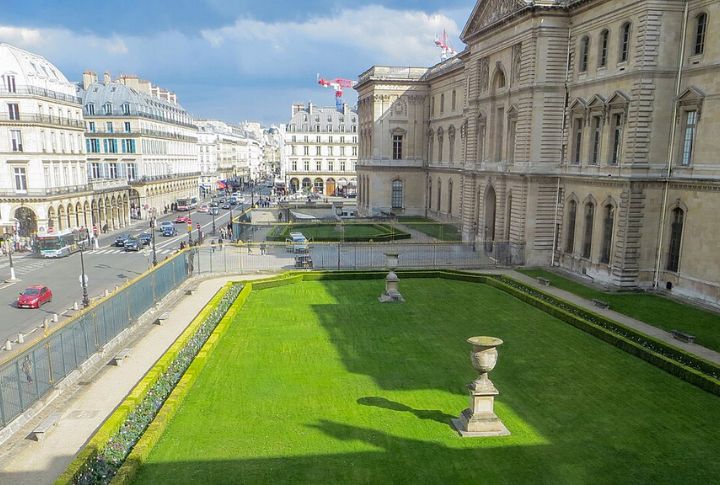
Museums and monuments enforce strict rules that catch those uninformed by surprise. Photography is prohibited in many museum areas, with guards closely monitoring for violations. Church visits demand modest dress and quiet behavior, especially during active services. Palaces often need separate tickets for admission to the gardens.
Plan Around French Holidays
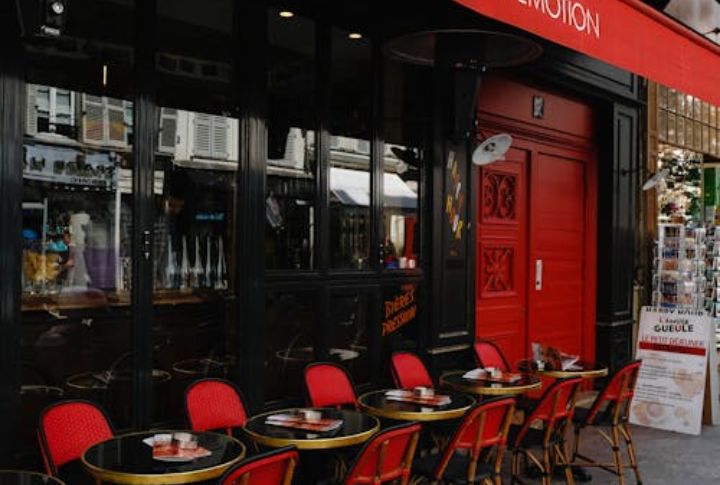
French public holidays shut down the city more completely than usual. Labor Day on May 1st closes most shops and restaurants throughout Paris. August 15th, Assumption Day, also affects museum hours and citywide transportation schedules. Apparently, businesses close early on Christmas Eve.
Book Tables Using French

Calling in French, even if it’s poorly spoken, yields better reservations than English requests. Popular bistros book solid 2–3 weeks in advance, year-round, requiring advance planning. Most top eateries accept online reservations, while hotel concierges often maintain connections with local restaurants for last-minute booking emergencies.

